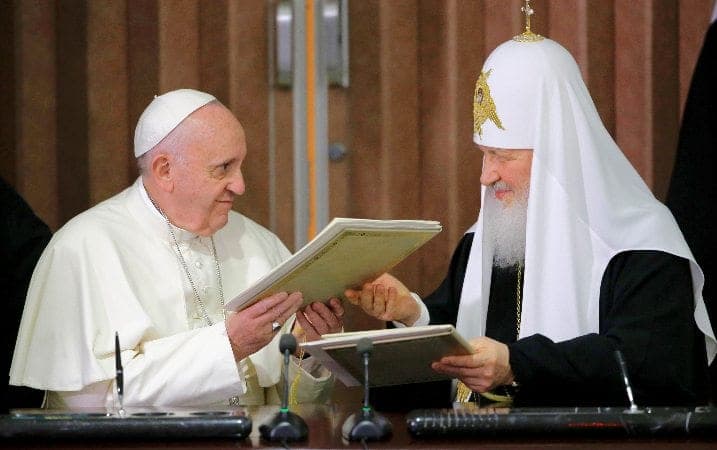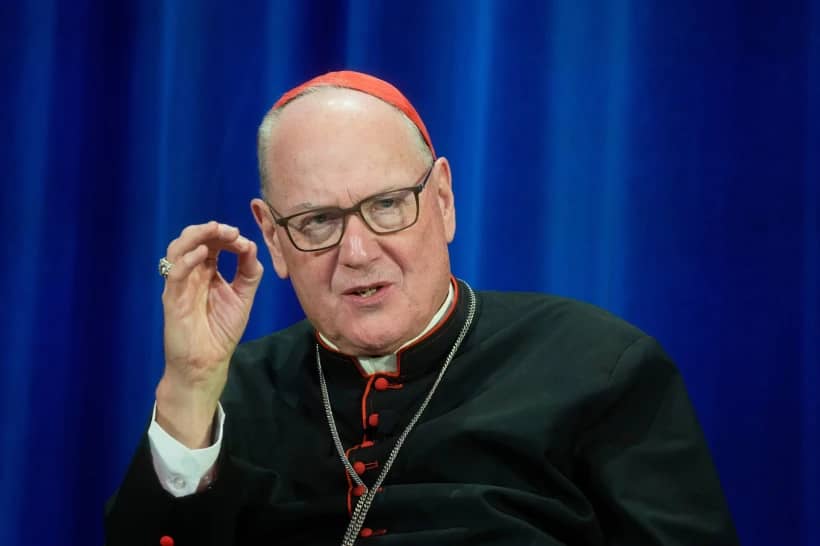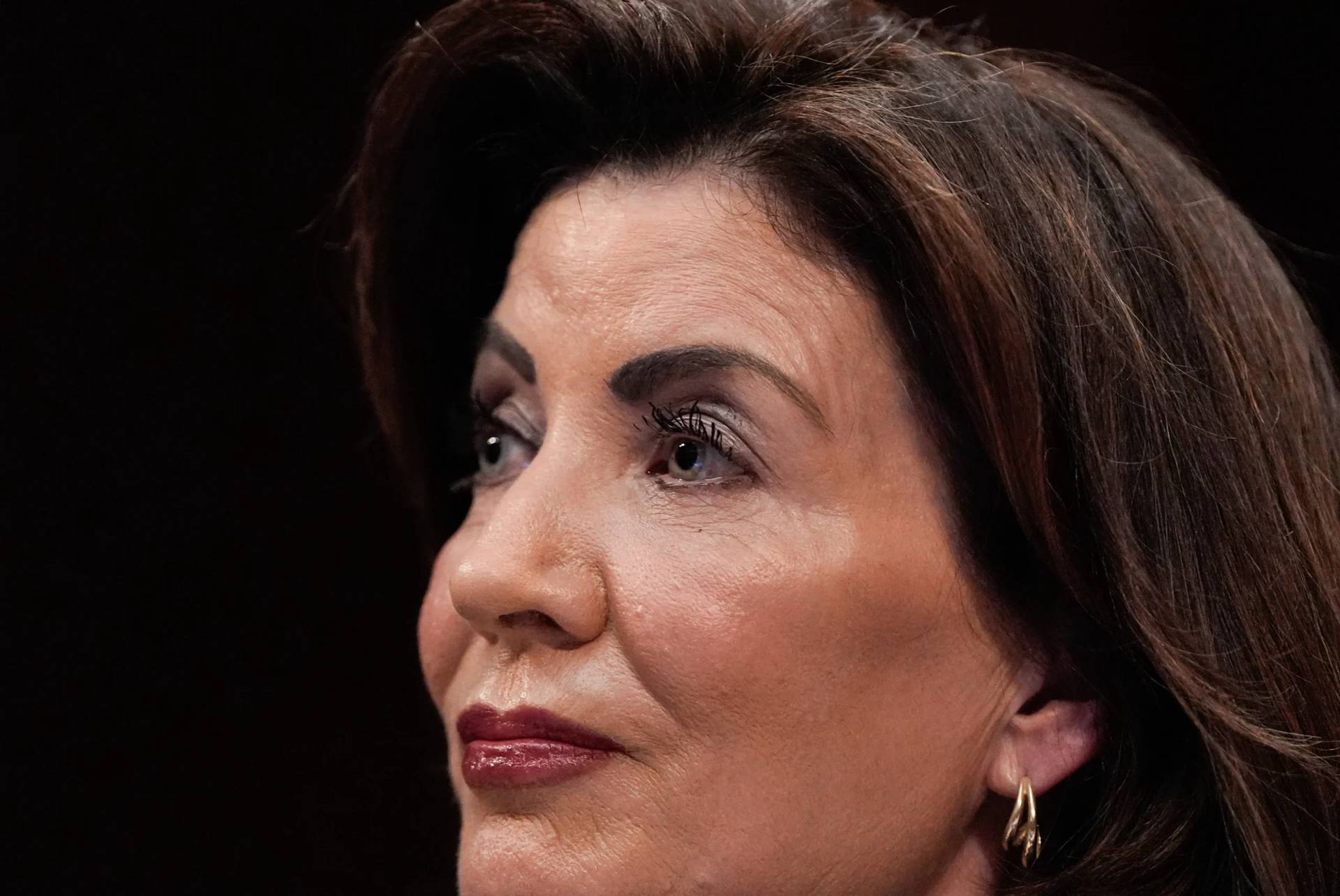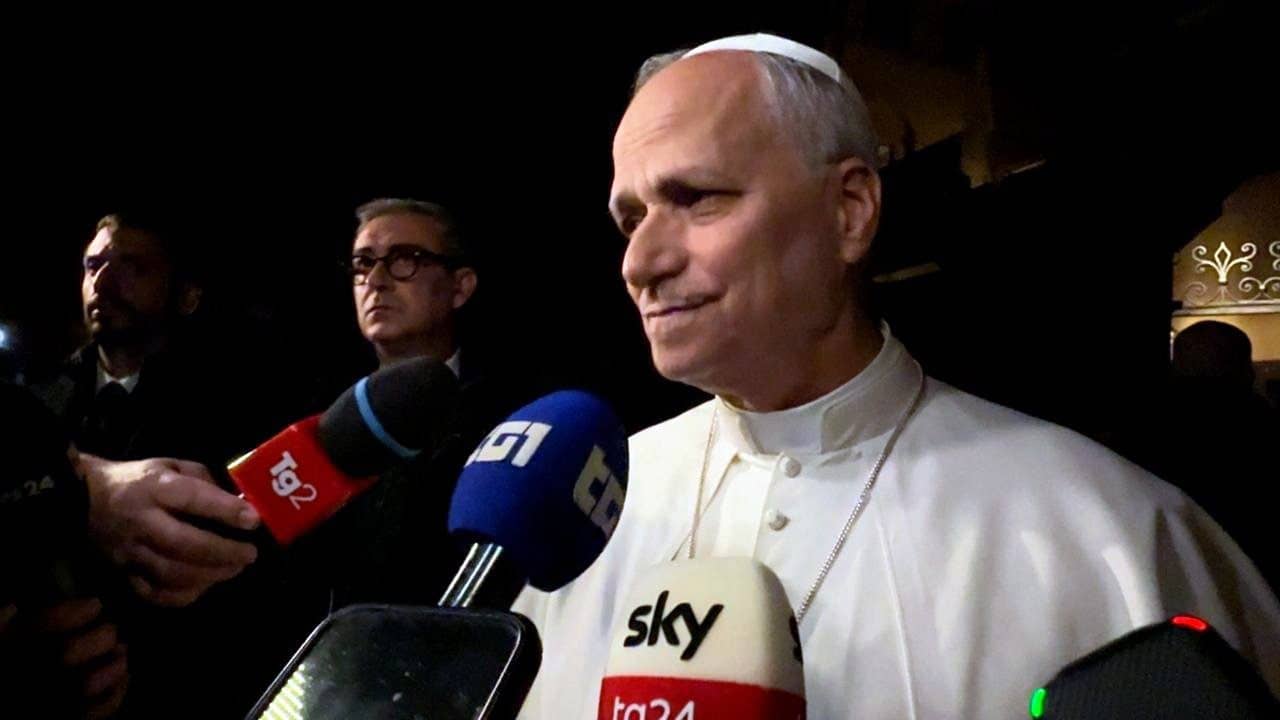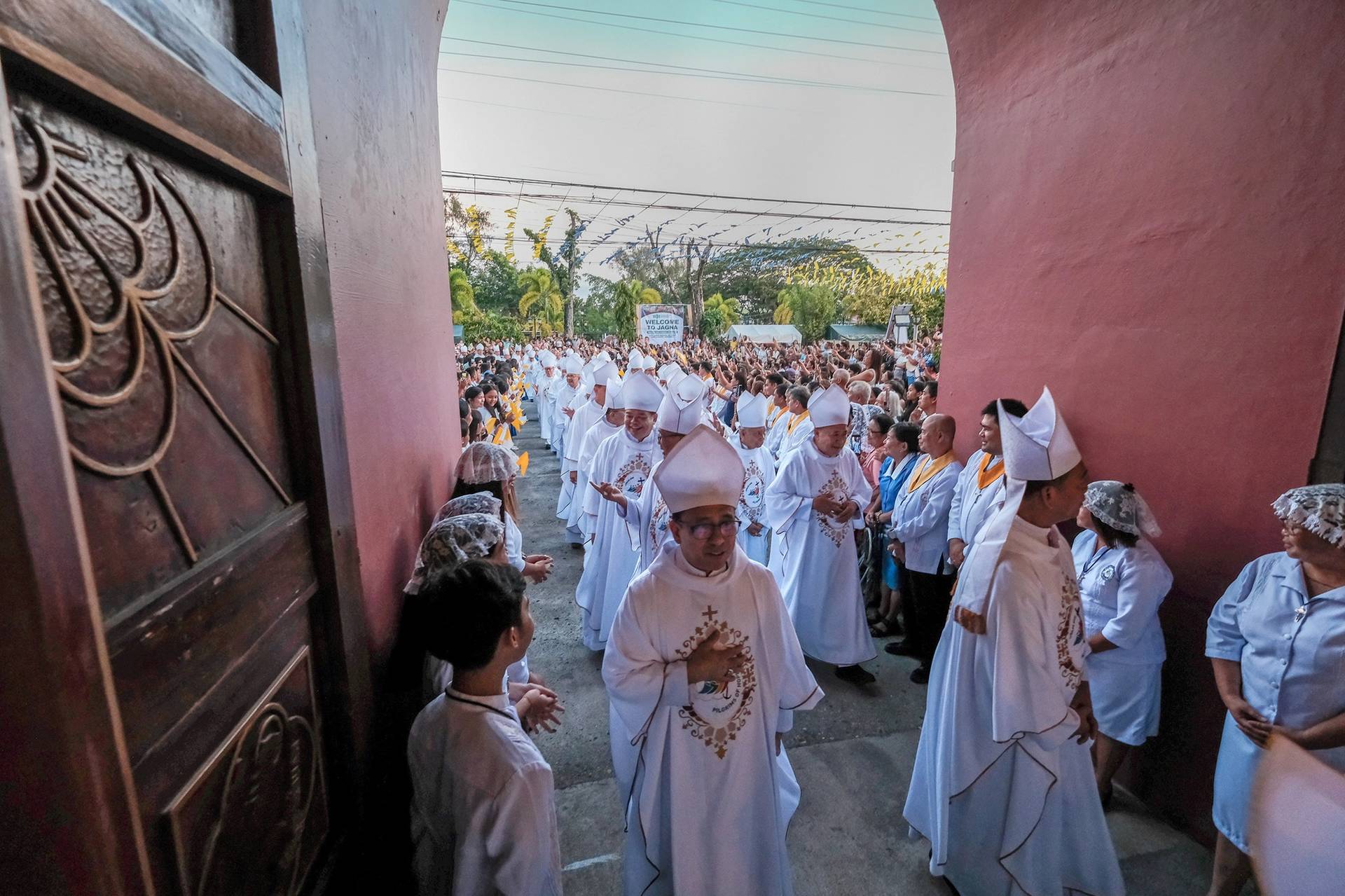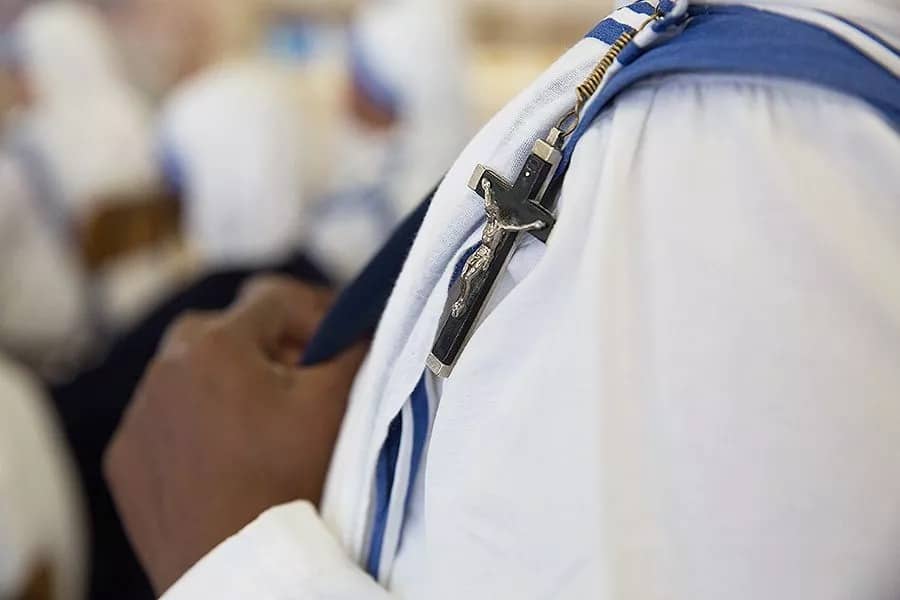History was made Friday in Havana, where Pope Francis and Russian Orthodox Patriarch Kirill met for more than two hours and signed a joint declaration, marking the first time the leaders of Western and Eastern Christianity’s largest churches had come together.
“Finally,” a beaming Francis declared, “we are brothers.”
The brief stop in Cuba came before Francis’ five-day visit to Mexico, and if the rupture between East and West is ever healed, Friday’s summit doubtless will be seen as a turning point.
It was a priceless show of goodwill at a time when religion too often seems a source of conflict and violence. It’s also a sign of hope for the embattled Christians of the Middle East, since Francis and Kirill agreed that protecting them will be a joint priority.
Most Christians in places such as Iraq and Syria probably would say it doesn’t matter what the background to the summit was — if all it accomplishes is mobilizing Catholic and Orthodox resources to keep them alive, that’s more than enough.
Alas, and without trying to rain on anyone’s parade, there are also good reasons for caution, in large part because Moscow’s motives — both in terms of the Russian church, and the Kremlin under Vladimir Putin — are open to serious doubt.
(The Russian Orthodox Church is a close ally of Putin, and most observers believe Friday’s meeting would not have happened without his encouragement.)
In recent decades, the Catholic Church has bent over backwards to improve relations with Moscow. Given fears that Catholics try to poach Orthodox worshipers, for instance, the Church in Russia has been under what amounts to a quiet “no-growth” policy. Pastors have received instructions that if a Russian seeks to convert, he or she should be sent back to an Orthodox congregation.
Yet despite a slew of similar accommodations, Russian Orthodox leaders still routinely exude hostility.
They insist that Eastern Catholic churches, which follow Orthodox traditions but are in communion with the pope, are a Trojan horse to siphon off their faithful. They complain about Catholic encroachment on their “canonical territory” in Ukraine, Belarus, and Russia, although they show no inhibitions about opening up shop in Western Europe and Latin America.
Many Russian Orthodox also take a dim theological view of Catholics. Notably, Orthodox officials stressed that Kirill would not pray with Francis, knowing that many in their own flock would see such a gesture as quasi-heretical.
The question now is whether those attitudes have changed in order to make greater unity a realistic prospect.
Judging solely by the usual political measures, Kirill got far more out of Friday’s meeting than Francis. In his backyard, he’s often seen as allied with wealth and power, yet his introduction to the world came alongside the popular “pope of the poor.” He’s also viewed as a chaplain to Russia’s imperial ambitions, yet there he was arm-in-arm with the “peace pope.”
The PR benefits of such imagery speak for themselves.
As for Putin, he has a clear incentive to exploit any thaw in Catholic/Orthodox relations to muzzle resistance to his incursion in Ukraine and the rest of his foreign policy agenda. The Kremlin is in the market for such an assist, as Russian Prime Minister Dmitry Medvedev ominously warned Saturday of a new “Cold War.”
Some of Putin’s most outspoken critics are in Ukraine, where a 5-million-strong Greek Catholic Church has paid a steep price for its loyalty to Rome, and today plays a lead role in pro-democracy and pro-Western activism. No doubt, Putin would love to see Vatican pressure for the Greek Catholics to stand down.
Many Ukrainians recall the way criticism of the Soviets was stifled in Rome for decades as part of a policy of Ostpolitik, and, to be frank, some see Friday’s joint declaration as cut from the same cloth.
Paragraph 26 of the declaration asks Christians in Ukraine to “refrain from taking part in the confrontation,” which could be viewed as discrediting opposition to Russia’s invasion. Paragraph 27, which says ecclesiastical disputes should be settled by “existing canonical norms,” could imply that Ukrainian Orthodox who want independence need Moscow’s permission.
Roughly half the members of the Russian Orthodox Church are in Ukraine, and if they break away, it would be a major political and financial blow for Moscow.
Critics also worry that the Vatican may be lending credibility to Putin’s claim to be the great defender of persecuted Christians, when his policy is more about realpolitik than religious conviction.
Given all that, how will we know if Friday’s meeting was more than a photo-op?
First, the Russian Orthodox could stop making life difficult for other Christians in their sphere of influence, whether that means Greek Catholics in Ukraine or other Orthodox Christians who want to be independent (the term in the East is “autocephalous.”)
Second, Kirill could officially reject claims by arch-conservative traditionalists in his church that Catholic sacraments and ministries aren’t valid. Catholic experience shows doing so won’t make those folks go away, but it will at least prevent them from claiming they speak for the church.
Third, Orthodox clergy could stop providing religious cover for Putin’s imperial ambitions and establish genuine independence from state control.
Fourth, Pope Francis and the Vatican could make the preceding three steps a precondition for moving forward.
If those things occur, then Friday’s get-together will represent a sea change. Longtime observers, however, may be forgiven for not holding their breath.
